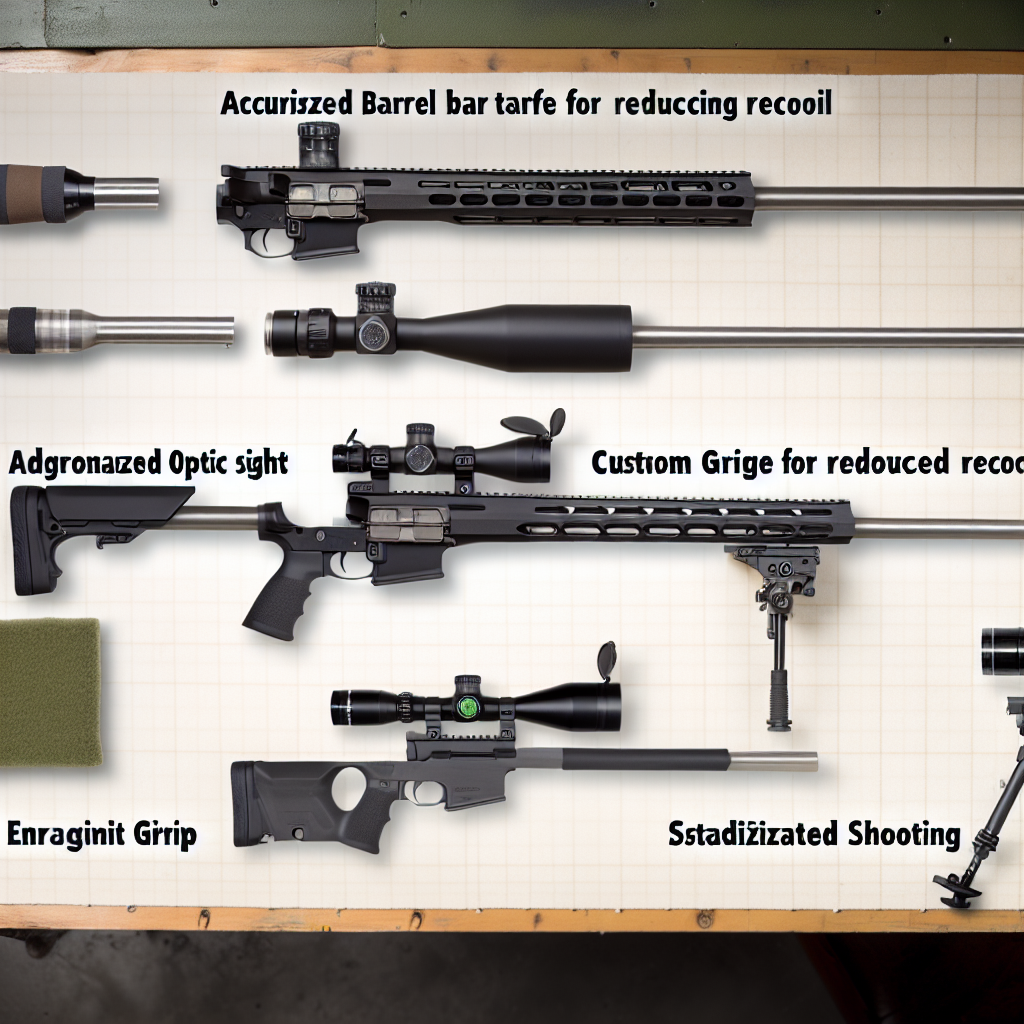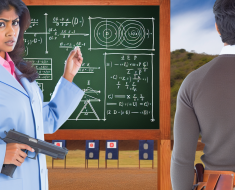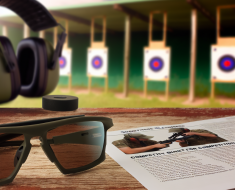Top Rifle Upgrades for Competitive Shooters

Competitive shooting demands precision, consistency, and speed. Whether you’re participating in long-range rifle competitions, 3-gun matches, or precision rifle series, having a well-optimized firearm can make all the difference. Upgrading your rifle with the right components can enhance accuracy, reduce recoil, improve ergonomics, and increase overall reliability. In this article, we’ll explore the top rifle upgrades that competitive shooters rely on to elevate their performance.
Understanding the Importance of Rifle Upgrades in Competition
In competitive shooting, every fraction of a second and every millimeter of accuracy counts. While talent and practice are fundamental, having a finely tuned rifle tailored to your needs can give you an edge over other competitors. Rifle upgrades help customize the firearm to fit your shooting style and the specific demands of the competition format.
According to data from the National Rifle Association (NRA), precision improvements in rifle components have contributed to an average accuracy increase of 15-25% among top-tier competitive shooters over the last decade. This statistic highlights how equipment enhancements translate directly into performance gains.
Before diving into specific upgrades, it’s crucial to understand that modifications should be made with a clear goal: improving your comfort, accuracy, and speed without compromising reliability or safety.
Upgrade #1: Precision Barrels for Enhanced Accuracy
The barrel is arguably the most critical component affecting a rifle’s accuracy. Many factory barrels are designed with durability and cost-efficiency in mind rather than ultimate precision. Upgrading to a high-quality match-grade barrel can dramatically improve shot consistency and group sizes.
- Material & Manufacturing: Look for barrels made from stainless steel or chrome-moly steel with cold hammer forging or button rifling processes. These manufacturing techniques ensure uniform rifling and better internal finish.
- Barrel Profile & Length: Thicker barrels reduce vibration (“barrel whip”) during firing, leading to improved accuracy but add weight. Depending on your competition type (e.g., long-range vs 3-gun), selecting the optimal barrel length balances maneuverability and ballistic performance.
- Free-Float Design: Free-floating barrels eliminate contact between the barrel and handguard/stock, reducing external pressure that can impact bullet trajectory.
Case Study: A study conducted by Lapua Ammunition showed that switching from a standard factory barrel to a premium match-grade barrel reduced average group sizes from 1.5 MOA (Minute of Angle) to under 0.5 MOA at 100 yards—an improvement that translates to tighter shot clusters and higher scoring potential.
Upgrade #2: Custom Triggers for Consistent Shot Release
A smooth, crisp trigger pull is essential for minimizing shooter-induced error. Factory triggers often have heavier pull weights and inconsistent breaks which can cause flinching or jerking during firing.
- Adjustable Trigger Pull Weight: Competitive shooters often prefer triggers adjustable between 2-4 pounds to suit their finger strength and shooting style.
- Crisp Break & Short Reset: A clean break without creep (slack before firing) improves shot timing while a short reset allows faster follow-up shots in timed stages.
- Sear Engagement & Safety: High-quality aftermarket triggers maintain safe sear engagement while enhancing smoothness.
Example: The Geissele SSA-E trigger is highly regarded in the competitive community for its two-stage design with an exceptionally clean break at around 3 pounds pull weight. Many professional shooters credit their improved scores partly to upgrading their triggers for better shot control.
Upgrade #3: Optics & Mounts Tailored for Competition
No upgrade impacts your performance more directly than your optics setup. Precise target acquisition and clear reticles are vital for scoring well under pressure.
- High-Quality Scopes: Optics with variable magnification ranges (e.g., 4-16x or higher) offer versatility across different distances encountered in competition stages.
- Tactical Reticles: Reticles featuring bullet drop compensators (BDC), mil-dots, or hash marks aid in quick holdovers without adjusting turrets mid-stage.
- Slim & Lightweight Mounts: Mounts should secure optics firmly without adding unnecessary bulk or weight. Quick-detach mounts enable easy removal for transport or maintenance without losing zero.
A survey by Shooting Sports USA found that competitors who upgraded from entry-level scopes to premium optics like Nightforce or Vortex Razor HD experienced improved target identification times by up to 20%, translating into faster stage completion times.
Upgrade #4: Adjustable Stocks & Ergonomics for Shooter Comfort
An ergonomic stock allows you to maintain a consistent cheek weld, eye alignment with the optic, and comfortable trigger reach — all critical factors for repeatable accuracy under time constraints.
- Adjustable Cheek Risers: Customizable cheek pieces ensure proper eye height relative to your scope regardless of body position or gear worn (e.g., helmets).
- LENGTH OF PULL ADJUSTMENTS: Adjustable length of pull (LOP) helps shooters find the ideal distance between buttstock and trigger hand,








